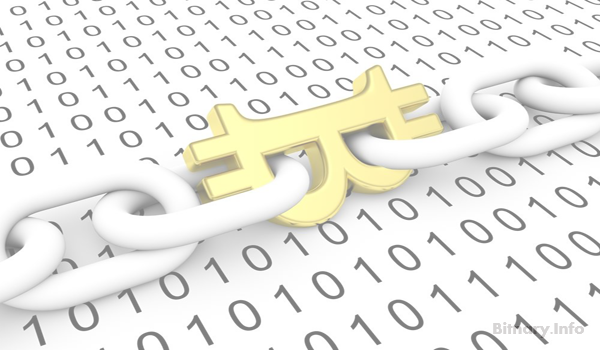Bitcoin, Blockchain, are not the same, but they work together. Blockchain underpins the Bitcoin model. In this post we talk about What Bitcoin and Blockchain are, explained for Beginners or Dummies.
There are many reasons people are falling in love with Bitcoin: it’s anonymous, decentralized, and there are no fees or third parties trying to grab a percentage. However, if there were absolutely no regulations in place, the new currency would quickly become a greedfest of users trying to screw each other over. The public nature of the blockchain means that anyone can check it. It is effectively anonymous, yet public, simultaneously, and it is in the best interest of users if it remains so.
You can accept and trade coins, or you can mine for them. Miners are actually verifying that transactions posted by other users are legitimate, and the numbers all add up.
Bitcoin, what is it? – Bitcoin definition

Bitcoin Cryptocurrency, what is it?
Bitcoin is a type of digital currency in which encryption techniques are used to regulate the generation of units of currency and verify the transfer of funds, operating independently of a central bank.
So Bitcoin is a Cryptocurrency, a currency that exist solely in digital. There are no physical golden coins with a big “B” on them. Moreover, owning these non-real coins entails a new idea of “ownership.” You don’t literally have it in your hands, or even in your bank account, but you have the ability to transfer “ownership” to someone else simply by creating a record in the blockchain. Rather than using bills, your transfer is pure data.
Blockchain, what is it? – Blockchain technology definition
Blockchain is a digital ledger in which transactions made in bitcoin or another cryptocurrency are recorded chronologically and publicly.
The Blockchain technology is a public ledger where transactions are recorded and confirmed anonymously. It’s a record of events that is shared between many parties. More importantly, once information is entered, it cannot be altered.
So, if the blockchain is the public record, what is being recorded? What are all of these “transactions”?. Where exactly is this chain located? Due to the open nature of cryptocurrencies, and the importance of the public having access to other blocks, the blockchain isn’t located on just one guy’s large computer. For example, the bitcoin blockchain is actually managed by distributed nodes. These nodes all have a copy of the entire blockchain. Nodes will forever come and go, synchronizing their own copies of the chain with those of other users. By distributing copies and access, the chain can’t simply “go down,” or disappear. It’s a decentralized system that is both sturdy and secure.

Bitcoin-Blockchain How It works
Blockchain Nodes are Miners too, What is it? – How Blockchain Technology Works

Blockchain Miners-Bitcoin
Miners are the key entities to Blockchain technology works. Miners collect transactions and put them into a single block. A block generally contains four pieces of information: a reference to the previous block, a summary of included transaction, a time stamp, and Proof of Work that went into creating the secure block. The blocks are strung together into a chain—a fluid chain that does not allow for any inconsistencies; this means there are no “bad cheques” in the system, and transactions entered are necessarily valid and can be processed. By checking the blockchain and confirming transactions, the entire system is effectively self-regulated and fully secure. No, that doesn’t mean some kid cooped up in a basement can just click “okay” and confirm a billion dollar transfer. Blocks generally need numerous independent confirmations, and the equations are intended to be hard to crack. Not to mention, the hardware required is far more specialized than the average laptop. Finally, what’s to stop someone from simply going back and editing existing blocks? Each block is securely hashed—meaning it is rendered into seeming gibberish and nearly impossible to invert or undo. Once it’s in the blockchain, it’s there forever.

Bitcoin Blockchain Example-what is it?
So, why waste time and resources helping other people, or the blockchain? Why not let someone else do all that “confirmation stuff,” while you just mine? Because, you don’t necessarily have a choice. Confirmation of the blockchain is central to mining. It’s part of the actual mining process; however, miners are generally given incentives. For example, after solving a problem (and creating a new hash) they are rewarded with coins.

